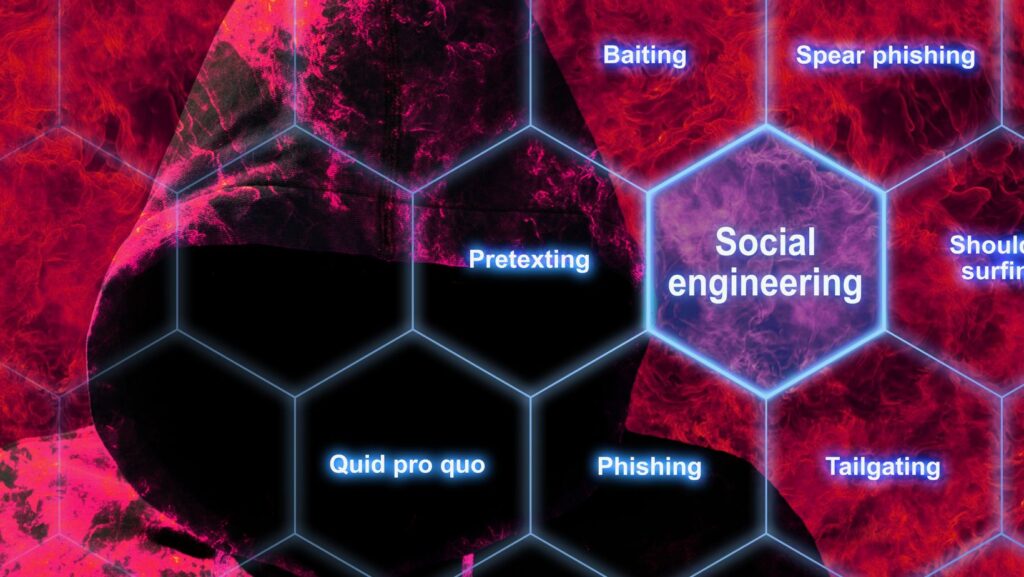

The creation of cyberspace and the digital age have introduced a new battleground: the internet. Many recognize the risks of data breaches and scams. However, only a few are aware of the manipulative tactics of social engineering.
This article explores how social engineers exploit personal data and discusses practical steps to safeguard yourself.
Overview of Social Engineering
Social engineering is the art of manipulating individuals to reveal confidential information. It may also involve taking harmful actions that compromise your online security. Generally, traditional cyber-attacks target technological weaknesses. For social engineering, attackers exploit human psychology. It involves tactics that prey on fear, trust, instinct or curiosity. A perfect example will be a phony site pretending to offer a high 5 no deposit bonus offer only available on Lucky me just to click bait you.
This approach bypasses many technical safeguards by targeting the technology’s users. While the concept is ancient, its application in cybersecurity is relatively recent. One of the earliest notable examples is the “Mitnick Attack” of the 1980s.
Mitnick used different methods to deceive people into releasing sensitive information. His actions revealed that even the most secure systems can be undermined by human error.
How Social Engineers Acquire Personal Information
Social engineering attackers often use surprisingly simple tactics. For instance, they might exploit disaster victims by requesting sensitive personal details. They may ask for your maiden name, address, birth date, and social security number. This might be under the guise of helping locate missing loved ones. However, these details can later be used for identity theft.
Another common approach involves attackers posing as tech support to gain access to your accounts. Another effective method involves sending seemingly legitimate emails with malicious attachments to work addresses. Usually, employees are less suspicious of unknown senders in a professional context.

Social engineers also use more sophisticated tactics. Some of these include sending emails that appear to come from trusted sources but are actually from hackers. They might learn about a target’s interests and send a link related to those interests. When clicked, it installs malicious software that steals personal data. Popular social engineering techniques include phishing and baiting.
Phishing scams often involve emails or texts impersonating banks, financial institutions, or government agencies. They urge recipients to provide sensitive information by playing on their fears. Baiting involves hackers distributing enticing ads that infect the victim’s computer with malware.
Shielding Yourself From Social Engineers
Staying alert and recognizing the Social Engineering attempts discussed above is crucial. To do this, you must be wary of unsolicited contacts. Sometimes, it is best to ignore emails with a sense of urgency. Instead of clicking immediately, try to verify,
Look for inconsistencies in email addresses, website URLs, and communication styles. Be cautious of overly generous offers or threats of negative consequences. Trust your instincts – if something feels off, it probably is.
Another vital technique to protect your data is enabling Multi-Factor Authentication (MFA) on all critical accounts.
This includes email and financial services. You can use a combination of passwords, security keys, and biometrics. You can also consider using authenticator apps instead of SMS for receiving codes, as they’re more secure.

Additionally, regularly reduce your digital footprint. Audit your online presence and remove unnecessary personal information. Also be cautious about what you share on social media. Adjust privacy settings accordingly.
Conclusion
Social engineering is a common tool for cybercriminals. It has been used for several cyber-attacks in recent history. Usually, it is deployed as the first step to gain access to a secure system.
As technology continues to evolve, so will social engineers, making the battlefield constantly shifting. You can adopt the techniques above to protect your data from exploitation.












